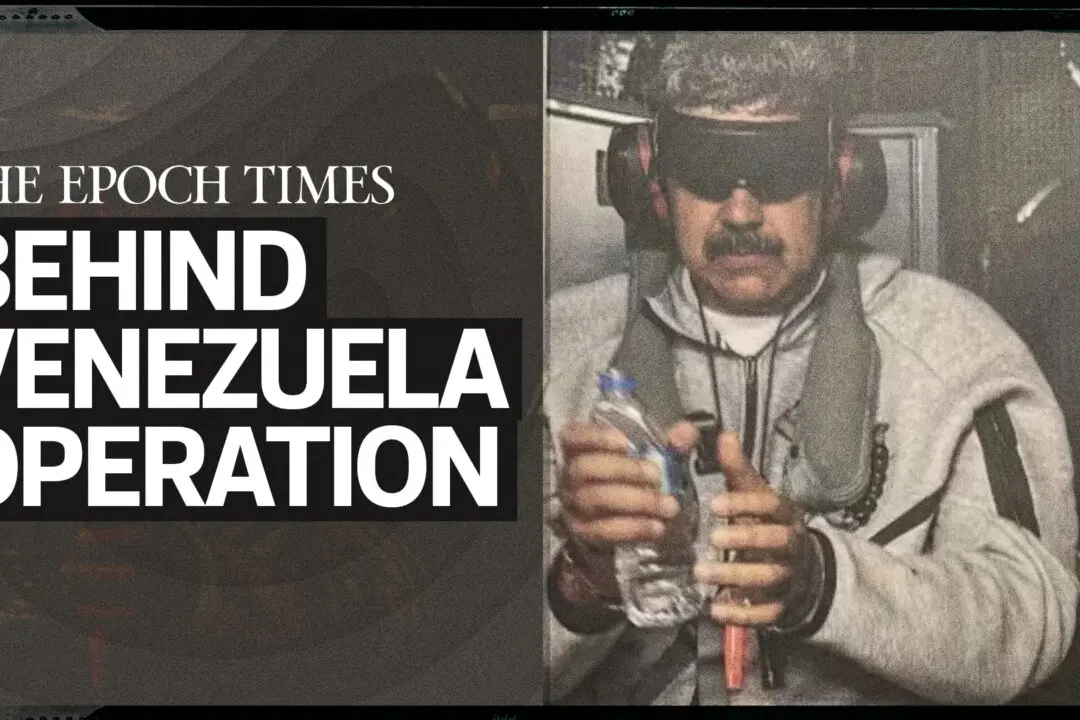Members of a Mexican drug cartel fired rocket-propelled grenade launchers (RPGs) at two military helicopters last week, destroying one of them. The incident follows a string of military-style attacks, and emerging details show a shift in cartel tactics that police are not ready for.
The Mexican military helicopter “crashed in flames” on May 1, after it was hit by two rockets according to new details from Mexican national security chief Monte Alejandro Rubido, Borderland Beat reported. They fired at a second aircraft too, but missed.
Soldiers on the surviving aircraft allegedly saw a convoy of trucks stop, according to Borderland Beat. Armed men then stepped out of the vehicles, and prepared for the attack.
Mexican authorities arrested nine individuals for the attack, and found the convoy of narco vehicles. Two of them were armored and one had a machine gun mounted on top. Inside were the Russian-made weapons they used, an RPG7 and an RPG22.
What was likely of even greater concern than the weapons, was that they found camouflage uniforms inside the vehicles, with emblems reading “CJNG High Command Special Forces.”
CJNG is an acronym for “Cartel de Jalisco Nueva Generación,” or in English, the Jalisco New Generation cartel. The finding ties the attacks to a new and growing conflict, and the Special Forces label shows an even more serious development.






